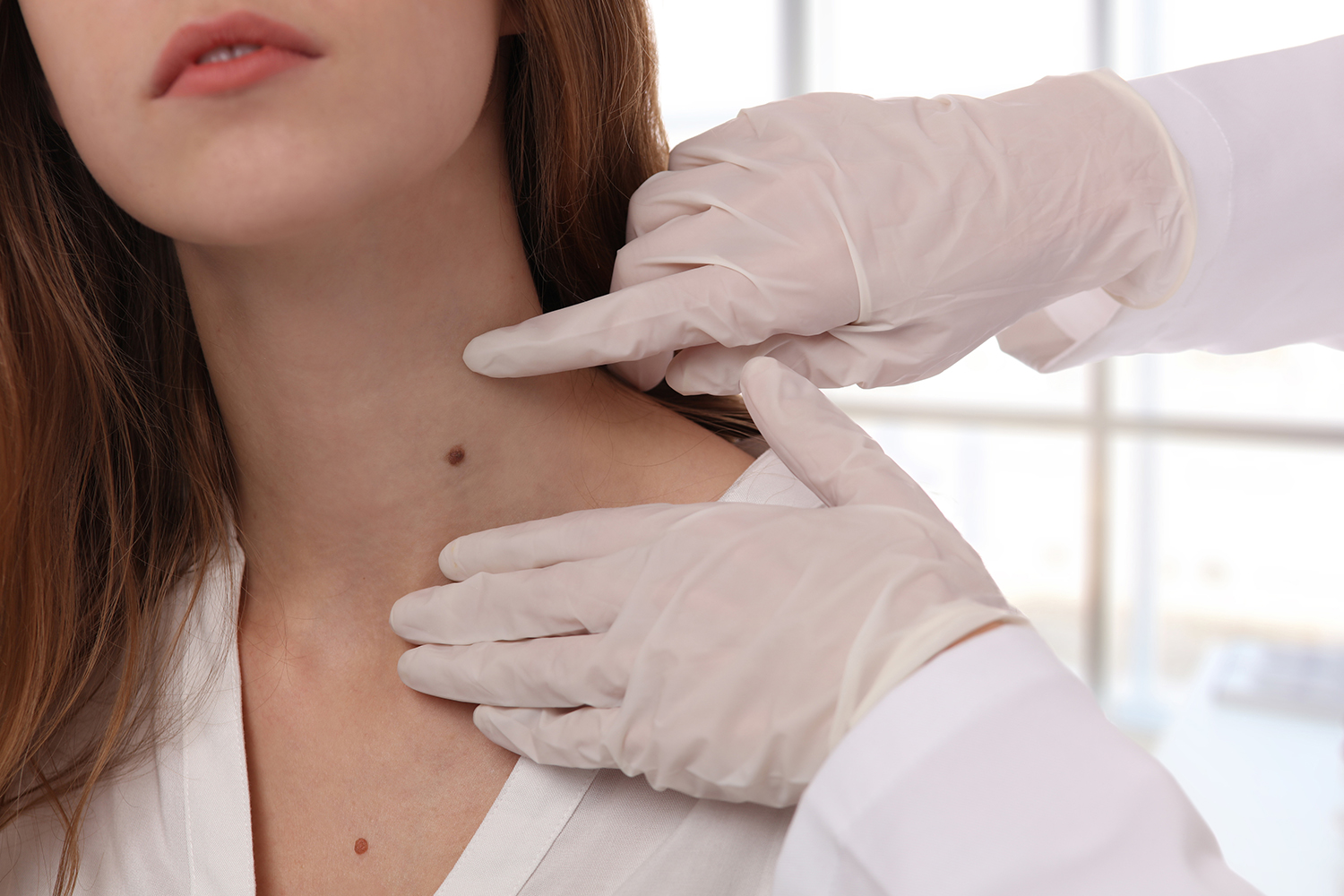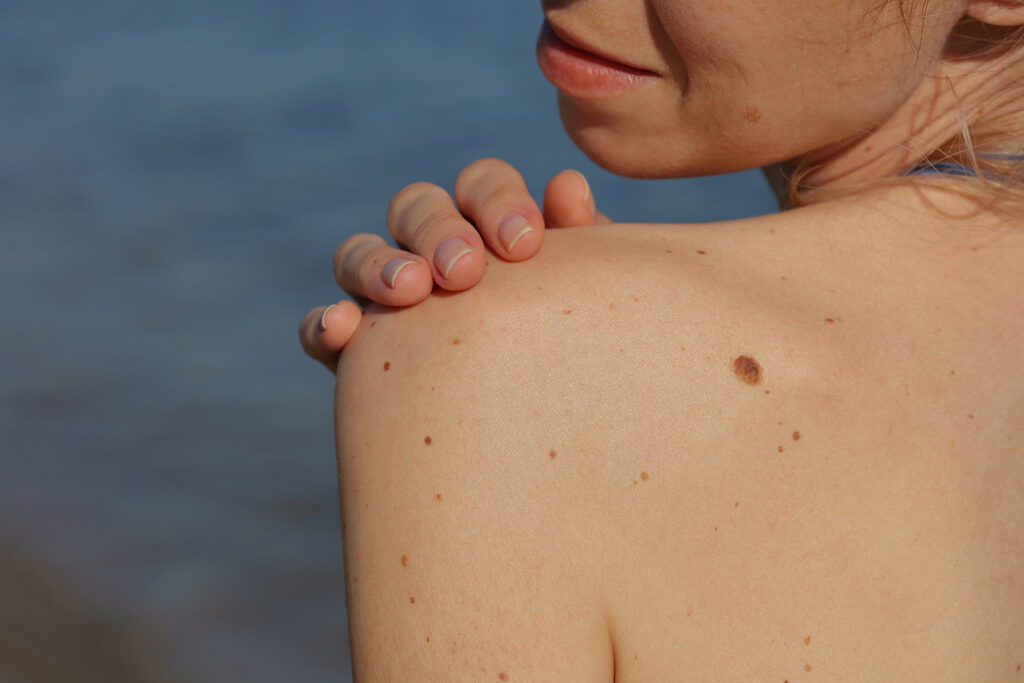The Dallas sun is no joke. Even on an overcast day it’s suggested you wear plenty of sunscreen. The truth is, as great as the sun might feel, it’s not particularly good for our skin. Too much exposure to the sun can lead to an increased chance of skin cancer, which is already one of the most common cancers, affecting a staggering 1 in 5 Americans.
So, how do you monitor your skin for changes and how can you identify skin cancer? We’ll offer you a few strategies and explain when it’s time to see a dermatologist.
Perform Regular Self-Examinations
Conduct self-examinations of your skin about once a month to check for any changes or abnormalities. Use a well-lit room and a full-length mirror to examine your entire body, including hard-to-see areas like your scalp, back, and buttocks. Look for new moles, changes in existing moles, or any suspicious growths.
Follow the ABCDE Rule
When examining moles, follow the ABCDE rule to identify potential signs of skin cancer:
- Asymmetry – If one half of the mole or spot does not match the other half.
- Border Irregularity – If the edges are not smooth and have uneven or scalloped borders.
- Color Variation – If there are different colors or shades within the same mole or spot.
- Diameter – If the mole or spot is larger than 6 millimeters (about the size of a pencil eraser).
- Evolution – If the mole or spot has changed in size, shape, color, or elevation.
Pay Attention to New or Changing Moles
Be vigilant about any new moles that appear or existing moles that change in size, shape, color, or texture. Also, look out for moles that become itchy, bleed, or exhibit any other unusual symptoms. If you notice such changes, it is advisable to seek professional evaluation.
Track the “Ugly Duckling”
Keep an eye out for any mole or spot that looks significantly different from your other moles, known as the “ugly duckling” sign. This refers to a mole that stands out and doesn’t fit the typical characteristics of your other moles. It could indicate the presence of skin cancer and warrant further examination.
Know Your Risk Factors
If you have a higher risk of developing skin cancer, it’s important to be even more vigilant. Risk factors include a personal or family history of skin cancer, a history of excessive sun exposure, fair skin, a weakened immune system, and a history of severe sunburn. If you have multiple risk factors, it’s advisable to consult a dermatologist for regular screenings.
When to Visit a Dermatologist
It is recommended to visit a dermatologist for a comprehensive skin examination if you notice any of the following:
- Suspicious moles or spots that exhibit ABCDE characteristics.
- Any new, changing, or evolving moles.
- Moles or growths that become itchy, painful, or bleed.
- Skin lesions that do not heal or continue to grow.
- Any concerns or questions about your skin’s health or potential skin cancer risks.
Is it time to visit your dermatologist? We recommend regular checkups and early checkups if you notice any changes to your skin. Reach out today to make an appointment.



Recent Comments